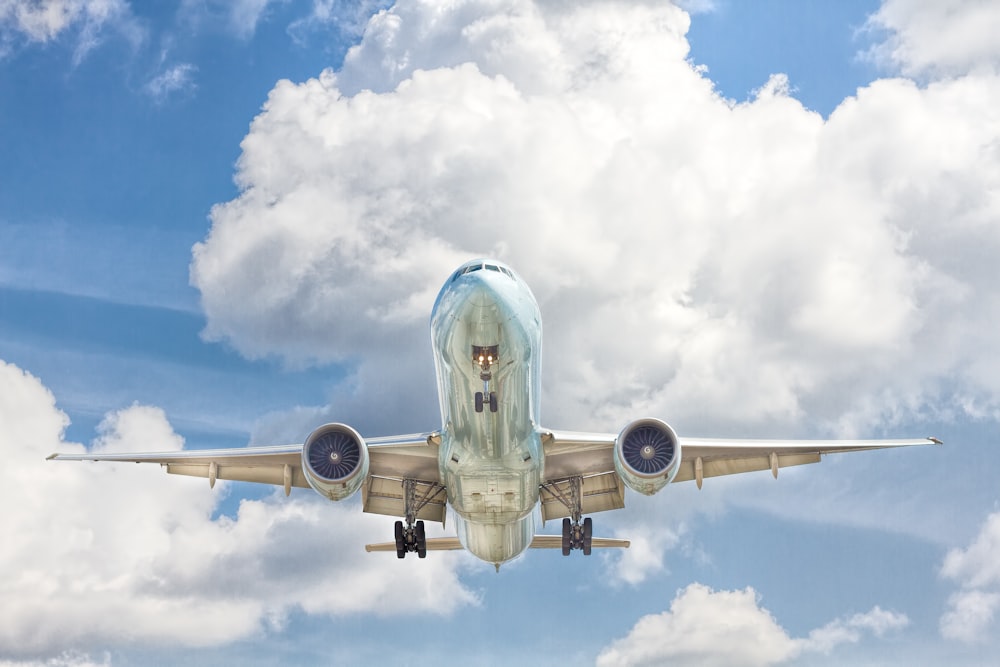The Long Road To Recovery For Airline Stocks
Image Source: Unsplash
The airline industry was hit hard during the COVID-19 pandemic, which is still underway thanks to the delta variant despite renewed travel throughout the U.S. Holding true with predictions that demand would remain low through 2023, major commercial airlines are now warning that the pandemic is kneecapping traveler demand to ride on major commercial airlines, in turn restricting the already tepid recovery in stock values for many leading airlines.
Further, with the Department of Justice suing to prevent a JetBlue/American Airlines partnership (JBLU, AAL) agreement that would have expanded the two companies’ foothold in the U.S. Northeast, some creative solutions seem to be off the table, at least for now.
So, what could investors in the aviation sector hope for, and is it time to think about investing elsewhere? As luck would have it, there are some opportunities in private aviation that might provide an alternative to struggling commercial airline stocks.
Commercial airline stocks are floundering
Many leading commercial airlines are struggling to see their stock values recover to pre-pandemic levels. JetBlue, for example, has failed to reclaim the $21.27 per share value it saw immediately before the COVID-19 pandemic halted travel. The proposed agreement with American Airlines saw the stock bump briefly, nearing that target, but the Justice Department’s suit was followed by an immediate tumble.
The other partner in the proposed agreement being challenged by the Justice Department, American Airlines, has had similar difficulties. The value of its stock had already been on a long, slow decline prior to the COVID-19 pandemic, declining from a peak value of $58.47 per share in 2018 to $29.20 in February 2020, just before the pandemic shuttered commercial air travel. American Airlines has struggled to recover since.
And it’s not only these two companies and their would-be partnership agreement that are feeling the pinch. Since the pandemic, the stock values of many other major airlines are down as well. The U.S. Global Jets ETF (JETS) illustrates the industry’s difficulty regaining its footing since the pandemic struck.
A snapshot of the U.S. Jets Global ETF, which offers an overview of the difficult recovery of major commercial airlines after a pandemic-related crash in early 2020. Recent reports suggest major airlines are warning of low demand for services, threatening the tenuous recovery even further. (Image credit: CNBC)
Private air taxi services offer alternative aviation investments
Meanwhile, private air travel has been on the rise. Demand for private air travel is already immense and growing. In 2019, Part 135 operators licensed for private commercial flights, flew more than 1.56 million hours, according to the TRAQPak Busiest Private Jet Airports 2020 report. The report also noted that was an increase from the 1.41 million hours of flight time registered in 2016.
And all those flight hours are rather valuable, spurring a post-pandemic recovery that has helped the industry grow beyond pre-pandemic levels. Private aviation and charter flights cater to a market worth $23.6 billion in 2021, up from $23.1 billion in 2020, according to the Mordor Intelligence Business Jet Report. Despite suffering initial setbacks due to the COVID-19 pandemic and its impact on travel, private aviation as a whole has proven stable compared to the broader economy.
Commercial airlines continue to struggle due to travelers’ concerns over COVID-19 and the delta variant keeping demand low, private aviation is seeing all-time high demands. Private air taxi services don’t require travelers to stand in crowded security lines or navigate packed airports, only to sit on a cramped plane with dozens of other individuals (an obvious nightmare for anyone concerned about their health amidst a global pandemic).
Instead, air taxi services allow travelers to book a flight in real-time via a mobile application. Passengers can simply arrive 15 minutes before their flight and board a roomy jet with lots of legroom and space to social distance. As face-to-face business resumes and travelers need a way to get to nearby cities, regional private air taxi services could become the go-to option for many.
Disclosure: Marc is the President and CEO of Flewber, a private airline taxi service.





Interesting, hadn't ever considered this option before.